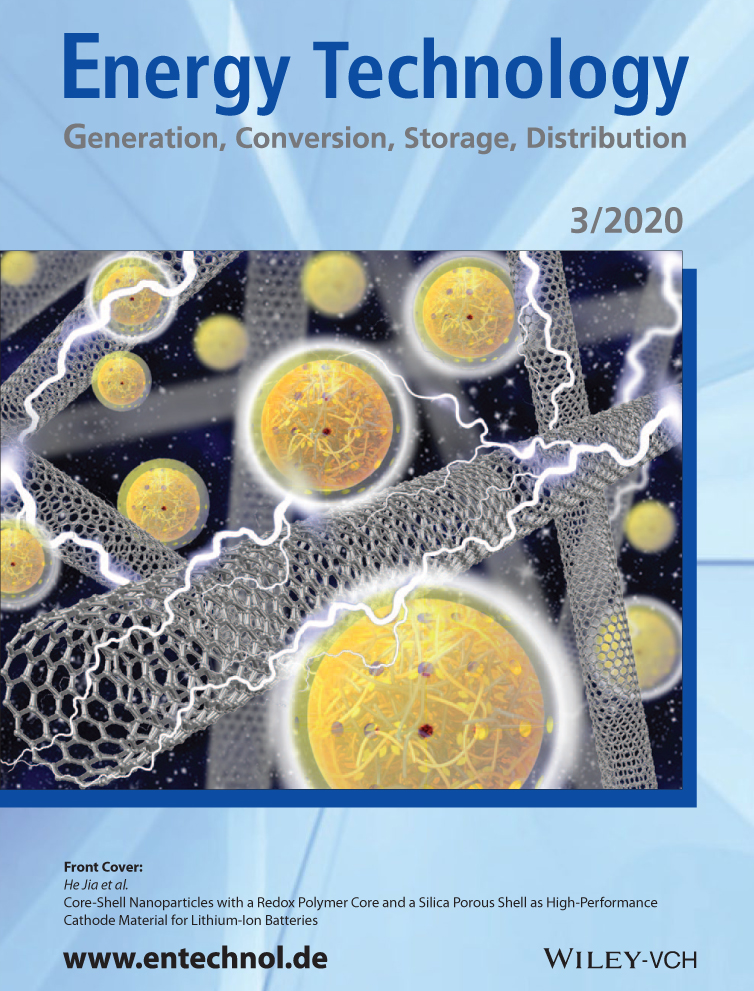Selective Reduction of Oxygen on Non-Noble Metal Copper Nanocatalysts
Abstract
Efficient removal of molecular oxygen (O2) from flue gas is necessary to capture and utilize carbon dioxide (CO2) from fossil-fuel sources. Herein, the catalytic reduction of O2 in simulated flue gases using alumina-supported copper (Cu) nanostructures is presented. The Cu catalyst outperformed conventional palladium systems for the selectivity toward CO2 over carbon monoxide (CO). Varying the reactant feed ratio can lead to structural rearrangements at the surface of Cu nanoparticles, resulting in significant differences in catalytic activity. Under optimal conditions, a favorable Cu@CuOx core-shell structure is observed to exhibit both excellent activity and selectivity to CO2. The simulated flue gas is purified from 85% to >99.9% (v/v) CO2 after passing the catalytic system. The catalyst also exhibits high stability, showing only ≈0.1% drop in CO2 after 10 h on stream. This design marks progress toward the sequestration of CO2 and the development of non-noble catalysts by tuning their dynamic nanostructures under controllable reaction conditions.
Conflict of Interest
The authors declare no conflict of interest.




